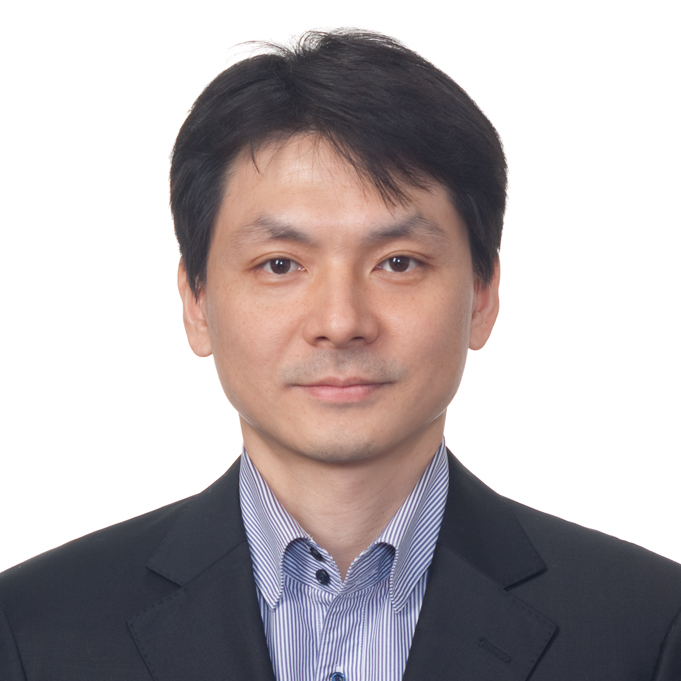본문
| Department | Internal Medicine |
|---|---|
| Major Field of Research | Translational research, Clinical trial |
| drwookyun@jnu.ac.kr | |
| Homepage |
Research interests
1. LGALS3BP (lectin galactoside-binding soluble 3 binding protein) is a multifunctional secreted glycoprotein involved in immune regulation and response to tumor and viral infections. It is also known as 90K, Mac2BP, and CyCAP. LGALS3BP is present in various body fluids, such as tears, urine, and blood and serum levels of LGALS3BP are increased in patients with HIV, HBV infection, and cancer. Due to this phenomenon, it is suggested as a biomarker of various diseases or reported to have a negative effect on cancer prognosis. However there are conflicting reports that it has an antiviral effect that inhibits HIV virus replication and has a positive effect on the prognosis of cancer. Its precise role in colon inflammation and tumorigenesis is still unclear. In our laboratory, we have shown that LGALS3BP suppresses inflammatory bowel disease and chronic inflammatory bowel disease-induced colorectal cancer by inhibiting the TLR4-TAK1-cytokine signaling pathway, a key mechanism of the inflammatory responses. We proposed LGALS3BP as an endogenous inhibitor of TAK1 by revealing the mechanism of inhibition of phosphorylation and induction of degradation of TAK1. It has been reported that overexpression and activation of TAK1 in tumors induce the tumor microenvironment into tumor promoting environment. Based on this, we predict that LGALS3BP may inhibit the differentiation and activation of tumor-promoting immune cells in the tumor microenvironment and we are conducting research on this.
2. PcG (polycomb group) complex is e essential epigenetic regulators in normal tissue homeostasis and is involved in transcriptional repression. PcG complex consists of 3 core subunits, including enhancer of zeste homolog (EZH) 2, which catalyzes trimethylation on Lys 27 of histone H3 (H3K27me3). In our laboratory, we found that EZH is involved in the homeostasis and regeneration of hepatocytes, which are major cells constituting liver tissue. EZH is emerging as a potential therapeutic target for nonalcoholic steatohepatitis (NASH), which has not been developed as a therapeutic drug so far, but studies on its mechanism of action are insufficient. In our laboratory, we are studying the mechanism of action of EZH, which plays a pivotal role in liver regeneration and control of various liver diseases.
3. Cancer is a represe
ntative chronic intractable disease. Chemotherapy for cancer treatment improves the survival rate of patients, but it also has limitations such as damage to normal cells and resistance to anticancer drugs. Therefore, a technology that reduces the toxicity (side effect) and maximizes the anticancer activity is required, and it is urgent to develop various anticancer drugs that satisfy this. In our laboratory, we use immunodeficient mice, humanized mice, and a hemi-spleen injection model of liver metastasis that require surgical operation to analyze the efficacy of anticancer candidates and anticancer immunotheraphy.
Publication
- 최근 5년간 대표 논문
- JA Bae, WK Bae, SJ Kim, YS Ko, KY Kim, SY Park, YH Yu, EA Kim, IJ Chung, HG Kim, HH Ha & KK Kim. A new KSRP-binding compound suppresses distant metastasis of colorectal cancer by targeting the oncogenic KITENIN complex. Mol Cancer. 2021 May, 20(1):1-24.
- HJ Shim, HJ Kim, SH Lee, WK Bae, EC Hwang, SH Cho, IJ Chung, HJ Bang & JE Hwang. Observational Study of Peritoneal Washing Cytology-Positive Gastric Cancer without Gross Peritoneal Metastasis in Patients who Underwent Radical D2. Gastrectomy. Sci Rep. 2020 Jun, 10(1):1-6.
- S Uthaman, S Pillarisetti, AP Mathew, YG Kim, WK Bae, KM Huh, IK Park.
- Long circulating photoactivable nanomicelles with tumor localized activation and ROS triggered self-accelerating drug release for enhanced locoregional chemo-photodynamic therapy. Biomaterials. 2020 Feb, 119702(1)-119702(13).
- K Cherukula, MS Park, AG Sontyana, AP Mathew, V Vijayan, WK Bae*, and In-Kyu* Park. Role of Immunosuppressive Microenvironment in Acquiring Immunotolerance Post-Photothermal Therapy. J Korean Med Sci. 2019 Nov, 272-272. *co-corresponding authors
- CS Hong, MR Park, EG Sun, W Choi, JE Hwang, WK Bae, JH Rhee, Sang-Hee Cho, Ik-Joo Chung. Gal-3BP Negatively Regulates NF-κB Signaling by Inhibiting the Activation of TAK1. Front Immunol. 2019 July, 10:1760.
- WK Bae, JH Kwon, HW Lee, SCh Lee, EK Song, HS, KH Ryu, JM Song, SB Seo, YW Yang, JH Park, KH Lee, HS Han. Feasibility and accessibility of electronic patient-reported outcome measures using a smartphone during routine chemotherapy: a pilot study. Support Care Cancer. 2018 Nov, 26(11):3721-3728. 1st author
- WK Bae, CS Hong, MR Park, EG Sun, JH Lee, KS Kang, KH Ryu, HJ Shim, JE Hwang, SH Cho, IJ Chung. TAp73 inhibits cell invasion and migration by directly activating KAI1 expression in colorectal carcinoma. Cancer Lett. 2018 Feb, 415:106-116. 1st author
- MJ Ahn, KH Lee, KH Lee, JW Kim, IY Kim*, WK Bae*. Combination of anti-PD-1 therapy and stereotactic radiosurgery for a gastric cancer patient with brain metastasis: a case report. BMC Cancer. 2018 Feb, 18(1):173-175. *co-corresponding authors
- Y Yang, WK Bae, SJ Nam, MH Jeong, R Zhou, SY Park, İ Taş, YH Hwang, MS Park, IJ Chung, KK Kim, JS Hur, HG Kim. Acetonic extracts of the endolichenic fungus EL002332 isolated from Endocarpon pusillum exhibits anticancer activity in human gastric cancer cells. Phytomed. 2018 Feb, 40:106-115. 1st author
- KR Kim, HJ Shim, JE Hwang, SH Cho, IJ Chung, KS Park, SR Kang, SY Kwon, WK Chung, WK Bae*. The role of interim FDG PET-CT after induction chemotherapy as a predictor of concurrent chemoradiotherapy efficacy and prognosis for head and neck cancer. Eur J Nucl Med Mol Imaging. 2018 Feb, 45(2):170-178. *corresponding author
- SY Kwon, DY Kim, JJ Min, WK Bae*. Potential Visualization of Sorafenib-Induced Acidosis Using 11C-Acetate PET/CT in Patients With Hepatocellular Carcinoma. Clin Nucl Med. 2018 Jan, 43(1):31-32. *corresponding authors
- SH Kang, V Revuri, SJ Lee, S Cho, IK Park, KJ Cho, WK Bae*, YK Lee*. Oral siRNA Delivery to Treat Colorectal Liver Metastases. ACS Nano. 2017 Oct, 11(10):10417-10429. *co-corresponding authors

